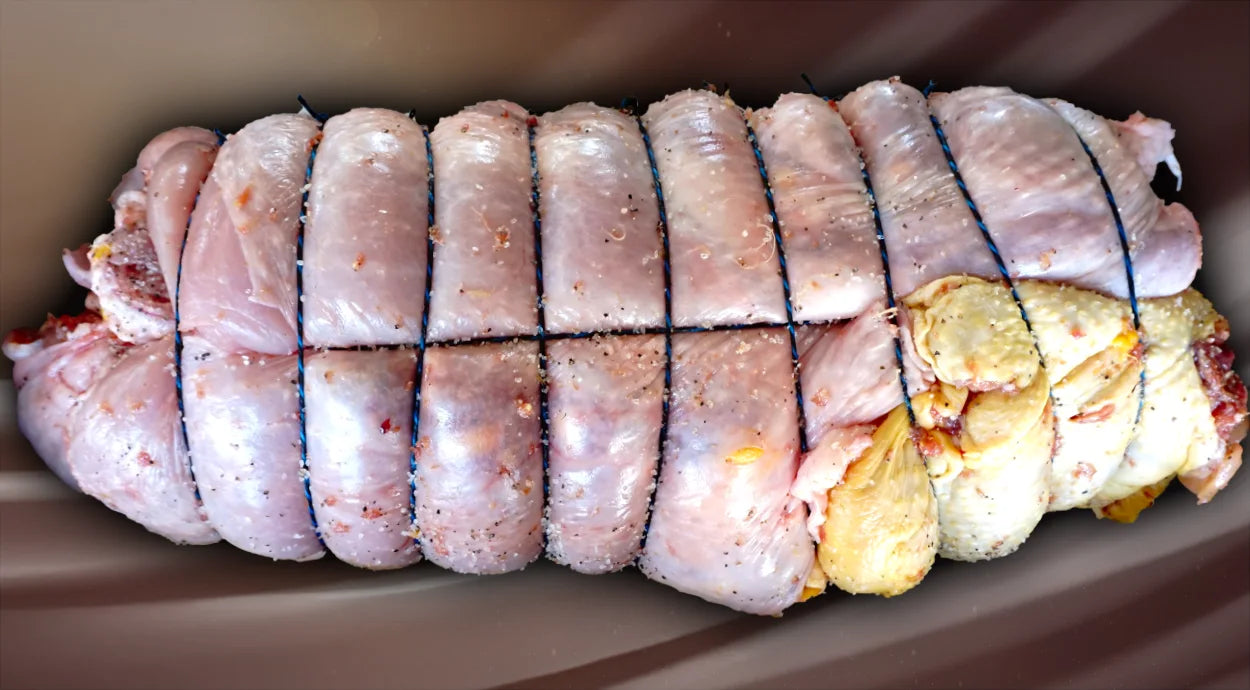
Japan Miyazaki Wagyu
- 250g Miyazaki Wagyu - Striploin
- quality level A5 (BMS 8-9)
- imported directly from Japan
- Freyberger's Plus Guarantee
- Watch the video to know what to expect.
Japan Miyazaki Wagyu
Freyberger Katzwang
Katzwanger Hauptstraße 40
90453 Nürnberg
Germany
Freyberger Stammhaus
Sperberstraße 99
90461 Nürnberg
Germany
Choose options
- 250g Miyazaki Wagyu - Striploin
- quality level A5 (BMS 8-9)
- imported directly from Japan
- Freyberger's Plus Guarantee
- Watch the video to know what to expect.
- 250g Miyazaki Wagyu - Striploin
- quality level A5 (BMS 8-9)
- imported directly from Japan
- Freyberger's Plus Guarantee
- Watch the video to know what to expect.
Need some inspiration?
Suitable recipes


How big is a portion of Japanese Wagyu
What is Japanese Wagyu?
What do Kobe Wagyu and Miyasaki Wagyu from Japan have in common
What is the difference between Kobe Wagyu and Miyasaki Wagyu from Japan
Which cut of Miyazaki Wagyu from Japan is the best?
The Japanese cuts are completely different from European or American cuts. In summary, you can say: the Japanese debone the entire cow and cut (almost) everything against the grain into wafer-thin slices. That's why it's difficult to say which cut of Wagyu beef from Japan is the best. Only the prime cuts such as ribeye, striploin and tenderloin are the most expensive and sought-after cuts of Wagyu in Japan. Of these prime cuts, we prefer the striploin and ribeye. Because it has more flavor than the fillet, but is still almost as tender.
How do you pronounce Wagyu?
Actually it's quite simple: Waa-gyoo!
What is special about Japanese Wagyu?
There are several reasons why Japanese Wagyu is so special.
special marbling (especially intramuscularly)
shiny cherry red color
particularly delicate texture
unique taste
exceptionally low melting point of the fat
For these reasons, Japanese Wagyu is a special culinary delight. With its high content of unsaturated fatty acids, it makes an important contribution to a healthy diet.Compared to international breeding standards, Japanese cattle grow significantly slower and are raised over a longer period (up to 30 months). The excellent genetics of Wagyu cattle are the key to this outstanding quality. This level of pure breeding has never been achieved by any Wagyu breeder outside of Japan.
The loving and caring upbringing of the animals, in which each animal is recognized and cared for as an important family member, is also an important factor in quality assurance.
How to properly prepare Japanese Wagyu?
In contrast to most other marbled types of beef, Wagyu can actually be eaten raw. This is due to the very low melting point of the fat and the associated pleasant mouthfeel. Wagyu is best roasted briefly at very high heat and then enjoyed.
On “FreybergerTV” we have prepared a whole Wagyu playlist for you.






